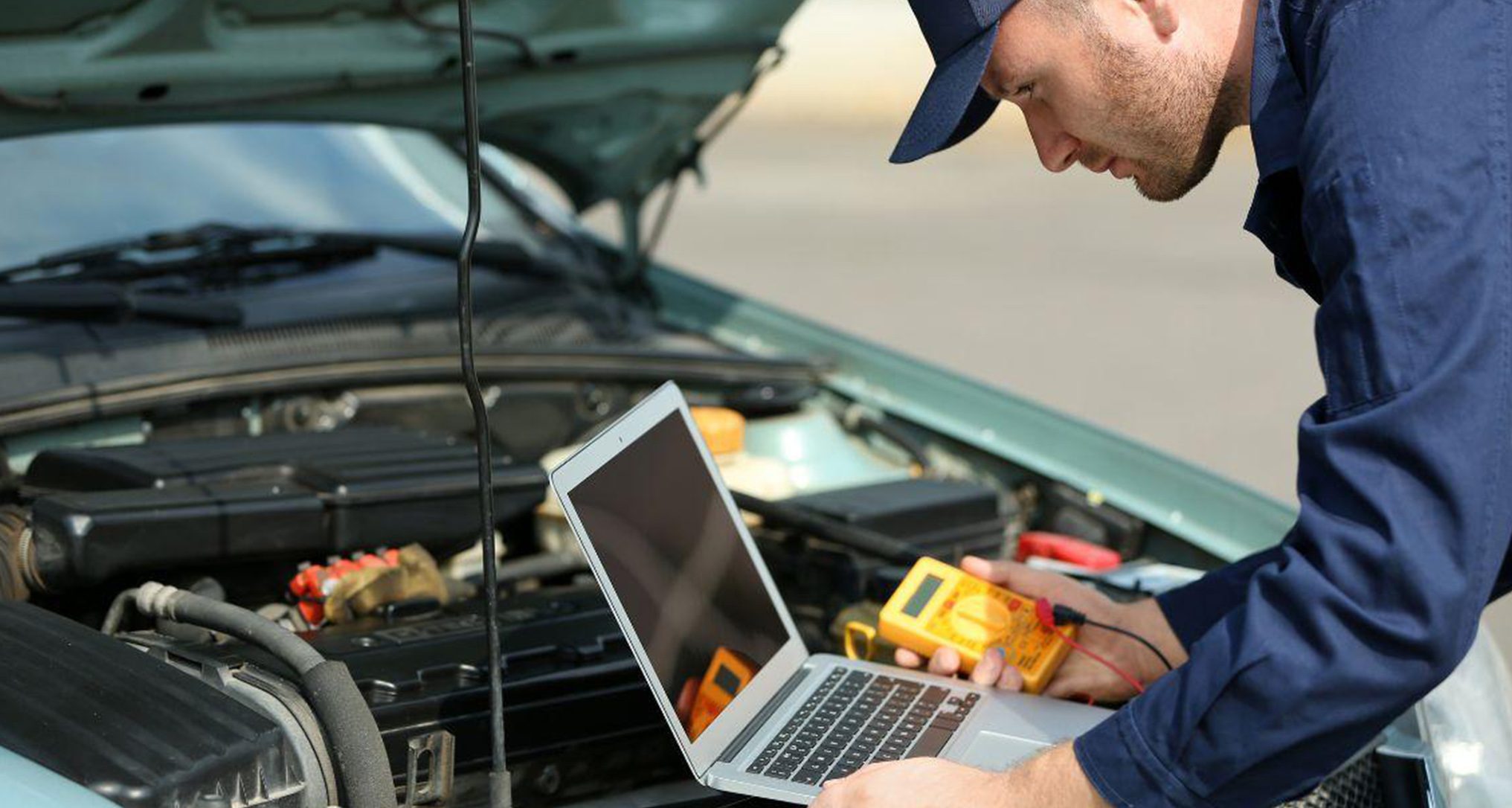As an automotive shop, body shop or glass replacement shop owner, your mission is to keep customer vehicles safe and sound and ensure drivers can get where they’re going without running into any accidents. Regarding road safety, the best thing drivers can do is to keep their eyes on the road and their hands on the wheel. To help keep drivers safe, you need to ensure your fleet has all the Advanced Driver Assistance Systems calibrations with ADAS road condition requirements from Triad Diagnostic Solutions.
What is ADAS?
As we’ve explained in previous blog posts, ADAS (Advanced Driver Assistance Systems) is the onboard driver assistance system. The primary purpose of this system is to assist drivers in road safety and emergencies. Features include lane departure warning, forward collision alert, blind-spot detection, etc. The technology is available on many new vehicles designed to make driving safer for everyone.
ADAS Calibrations
Calibration is adjusting the aiming of a sensor or system to ensure its accuracy. An Advanced Driver Assistance Systems sensor must be calibrated after any type of damage, movement, or disruption. Each manufacturer has distinct specifications and maintenance procedures for driver-assistance features to continue working correctly and securely after a disorder, but they all need to be appropriately calibrated.
You can do static or dynamic calibrations, the two most common forms. The type you select will rely on the OEM repair methods suggested for that make and model.
Static Calibration
Static calibration happens inside a shop while the connected vehicle is parked in place. Static calibrations utilize various targets and reflectors mounted on a calibration frame and the vehicle with the use of a scan tool equipped with ADAS calibration software.
Dynamic Calibration
Because the majority of the work is completed while driving the subject vehicle, dynamic calibration is also known as on-road calibration. Dynamic calibration begins at the shop using a diagnostic tool to identify which ADAS features required calibration.
Of course, with an on-road calibration, ADAS road condition requirements should be observed. Dynamic calibrations can be next to impossible in poor weather conditions or at night.
Why Do Calibrate ADAS with Good Road Conditions?
You may have heard that you must perform dynamic calibrations to ADAS system with good road conditions. This is true!
ADAS calibrations are critical to the performance and active safety of your vehicle. They ensure a vehicle is operating in its most optimal state, but they can be expensive and time-consuming to repair.
So what are some things that go into ensuring road conditions are good?
ADAS Road Condition Requirements
In order to properly calibrate the sensors and the system, you’ll need the proper road conditions for testing. Here are just a few ways to accomplish these tests.
Travel Multiple Speeds
During a test drive, you usually want to travel multiple speeds to check for air leaks, vibrations, noises, or other issues. Though road conditions can affect the ability to perform test drives and dynamic calibrations, calibrations are more sensitive to adverse weather conditions and objects in or near the roadway. Dynamic calibrations may require straight, empty roads and curvy roads with vehicle-lined streets. Though it can depend on the system and the manufacturer.
Nearby Highway
Dynamic Advanced Driver Assistance Systems calibrations require using a nearby highway and accessible routes. The calibration procedures will be performed on a marked lane road with lane lines between the shoulders and centerline. This type of road is best for calibrating ADAS because it allows you to accurately determine if your subject vehicle is following the road’s lane markers and other markings.
No Road Traffic
The traffic volume must be low enough to allow for accurate measurements but still high enough that the calibration is not affected by large trucks or other vehicles that are too close to the sensors.
If no other vehicles are present, then the system’s sensors can pick up more detail than if there were other cars around. Moreover, the absence of traffic will allow for a more accurate calibration because there won’t be any distractions or changes in speed that could confuse your system.
Dry and Level Pavement
The road surface should be free from any puddles or standing water. If there are any pools of water or mud on the road, they must be small enough not to impede traffic flow or block vision.
No Rain or Snow
Any precipitation will likely cause moisture in some areas causing problems with accuracy, which can negatively impact active safety features like blind-spot detection (BDS). If your subject vehicle has been driven for at least 20 minutes before calibration to warm up its electronics, it will be less likely to have issues due to cold or adverse weather conditions.
No, Puddles Anywhere on the Road.
You should ensure that there aren’t any puddles on the road when you do your calibration. If there are, they’ll make it hard for your system to detect objects in your path, which could end up putting you in danger.
Meet all the Standard ADAS Road Condition Requirements With the Right Tool.
If you’re looking to equip your techs with the proper diagnostic scan tools, you need a system that can handle the job. With Autel ADAS systems from Triad Diagnostic Solutions, you’ll get all the necessary hardware and software to ensure your techs can perform the correct calibrations on a wide variety of makes and models.
We know that your customers will appreciate repair insights and having access to our equipment, which equips your techs with the tools they need to diagnose problems and keep them running smoothly and confidently. So, we proudly offer technical training and free demos of any of our diagnostic tools. Contact us today for more information! (317) 939-3690.

